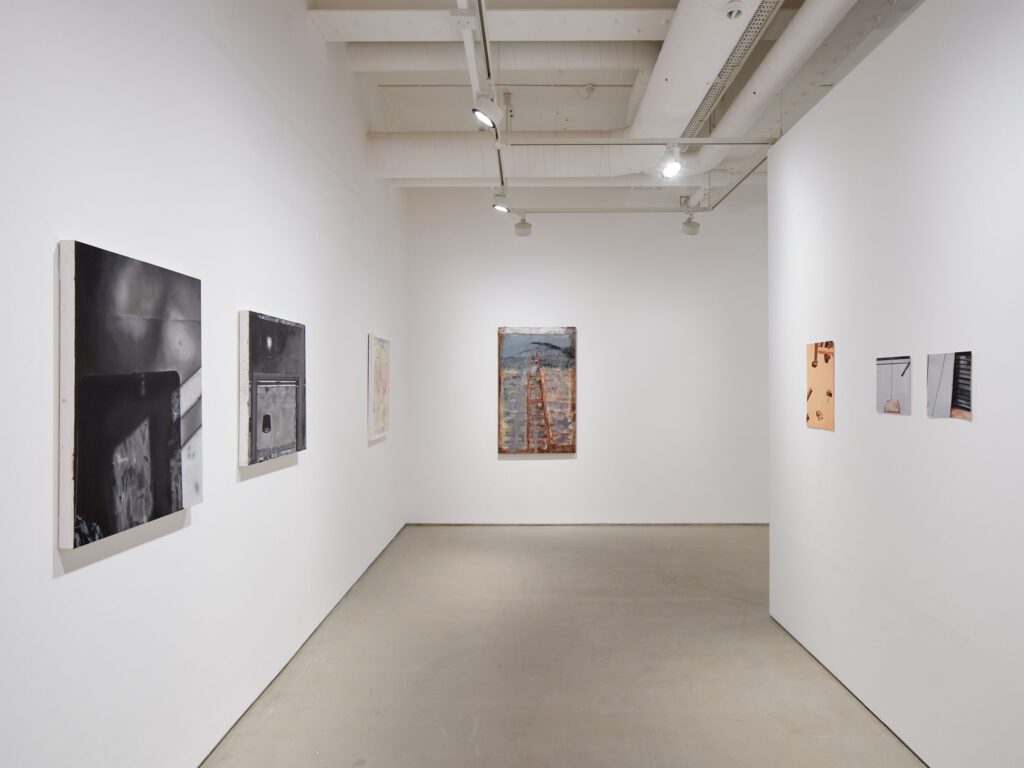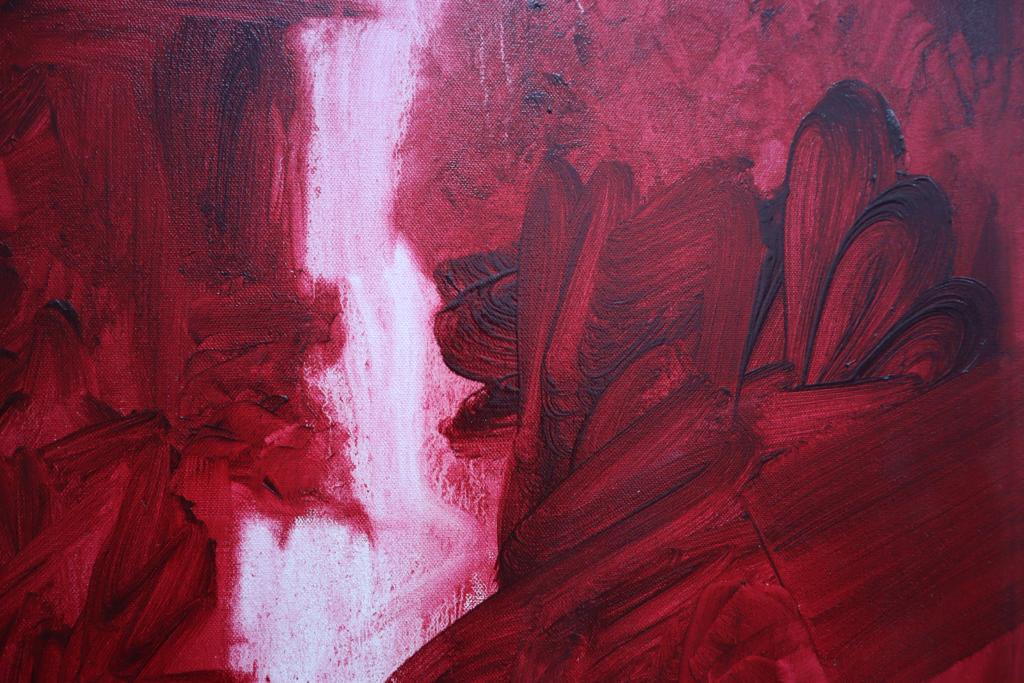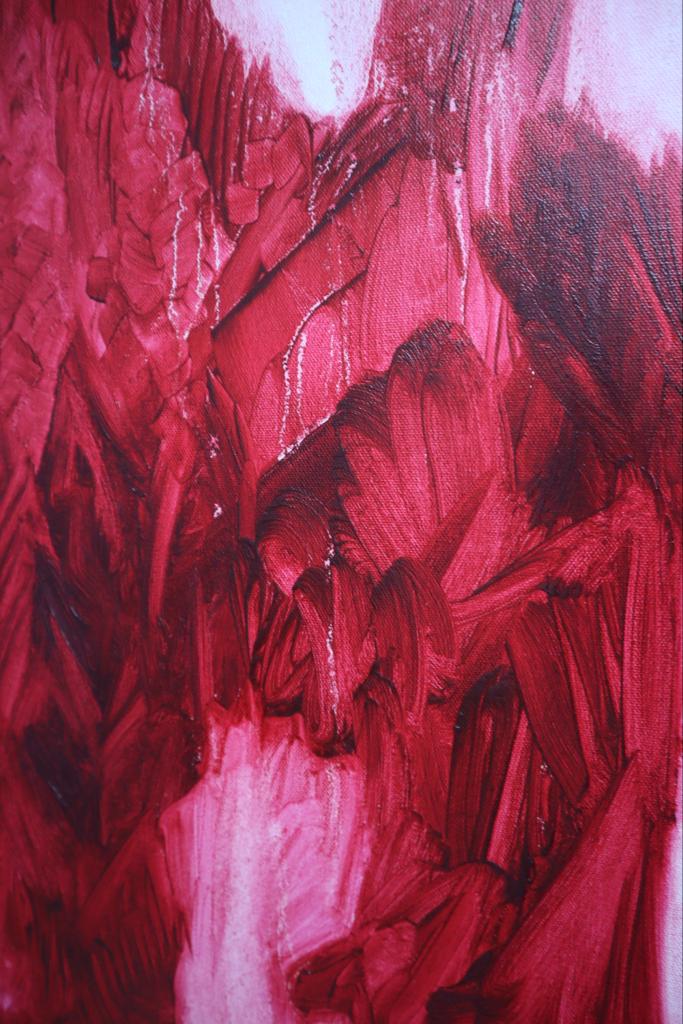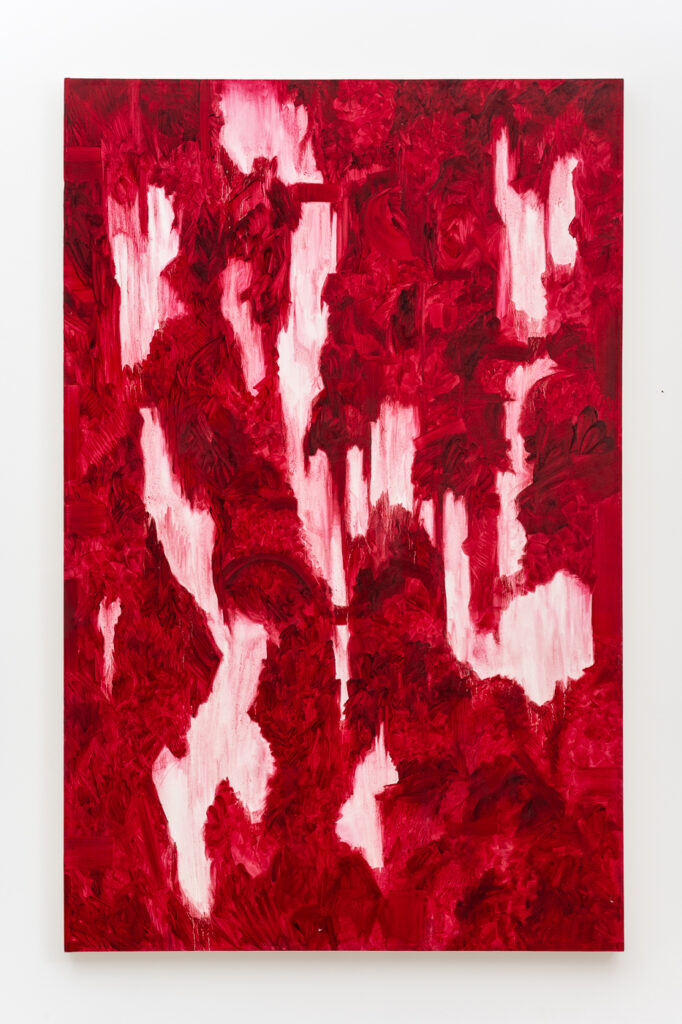Clouds in Art—Stratus, Cumulus, Cirrus, and Many More!
Clouds in art are why the term “landscape painting” is a bit deceiving. It suggests that the subject of the artwork is the land, and yet it is...
Sandra Juszczyk 25 July 2024
The Freelands Painting Prize celebrates outstanding painting from art schools and universities across the UK. Each year, they invite every higher education institution offering an undergraduate course in either Fine Art or Painting to nominate a final year student for the prize. Launched in 2020, the prize extends the Foundation’s work to champion bold and diverse approaches to learning and making.
Their current exhibition (6 October – 18 November 2023) presents works by the 12 winning artists. They were selected from submissions by 49 institutions by Harminder Judge (artist), Emily LaBarge (writer and art critic), Jenni Lomax (curator and writer), and Sid Motion (Founder and Director, Sid Motion Gallery).

Installation view of Freelands Painting Prize 2023. Photo by Andy Stagg
Each year the submissions have given us a snapshot of the current climate, an overview of trends in undergraduate painting. This year perhaps the biggest shift is in the scale of work being put forward. Following several years in which the ongoing pandemic had a significant impact on the paintings students were making, with many of them more domestic in scale, this year has seen an explosion of larger work.
Foreword to Freelands Painting Prize 2023 catalogue.

Chloe Culley, Untitled (Red), 2022. Courtesy of the artist. Detail.
Chloe Culley has always enjoyed painting and during her degree she focused on monochrome, scale, and energy. Robert Ryman’s white paintings and writings were a source of inspiration and David Bachelor’s work changed her perspective on color too. Inspiration also came from Kandinsky’s point to line to plane, which describes every touch on a surface as an embodiment of energy. Culley’s monochromatic, abstract oil paintings explore how mark making can reflect her experience in the world.
Natural forming space and movements have always been an interest within my work, looking at found structures and their surroundings. I’m curious about natural forming color and color you don’t necessarily see on a day-to-day basis. Color is full of potential and a very curious tool to play with when painting. I enjoy traveling on a motorbike and seeing the natural forms in life, here in the UK and abroad. I have always had a natural pull to the work of Lee Ufan and Agnes Martin. I enjoy works that are larger than human work as they push my painting potential. Artists such as Barnett Newman have been an encouragement to move bigger than humans. I find other monochromatic painters’ work a visual interest to understand how others manipulate the use of one color. A key book in my practice has been “talking painting” by David Ryan which reflects on how other painters paint and why they continue to work with a medium that is considered to be dead. In the book, he visits twelve artists and interviews them and develops an impression of the future of the medium and its potential. I’m interested in energy and how we represent it.
In conversation with Isla Phillips-Ewen for Daily Art Magazine, Autumn 2023.
Ideas around deconstructing the space of painting, both physically and conceptually, are at the core of her practice. She pursues this investigation not only through the established model of monochrome abstraction but also through archetypes such as negative space, gesture and compositional structure. Though Chloe works also on a smaller scale, she has moved towards large, towering canvases which allow her to fully embody her personal energy.
My work is a representation of energy. I create a very structured and methodical process of painting. Completing a painting in a single day, in an intense focused session after weeks of planning in smaller studies.
In conversation with Isla Phillips-Ewen for Daily Art Magazine, Autumn 2023.

Chloe Culley, Untitled (Red), 2022. Courtesy the artist. Detail.
For Culley, winning the Freelands Prize really made her aware of her identity as an artist. It also gave her the confidence and ambition to get her work out of the studio and on display. The show has allowed her to exhibit her biggest work to date. The prize-winning work, Untitled (Red), is the culmination of weeks working on paper, playing with different shades of reds and blues two possible shades, a turquoise blue or a deep red, were narrowed down.
I find natural initiation very useful and important to trust when creating work. I made over fifty small drawings in various shades and used a book filled with various formulas of colours I had created in the past that I saw potential in. Between the book and drawings I came to the conclusion of the red.
In conversation with Isla Phillips-Ewen for Daily Art Magazine, Autumn 2023.

Chloe Culley, Untitled (Red), 2022, oil on canvas, 245 × 157 cm. Courtesy the artist. Photo: Damian Griffiths.
The size in this painting was driven by an ambition to make the biggest painting possible in the studio space at Culley’s university (Anglia Ruskin, 2020-2023). It was made with a just few centimeters clearance to enable her to move it across the art school’s stairs and facilities. It’s incredibly heavy. She also built the frame and stretched the canvas herself, using a heavier wood for stability.
I use oils due to the texture, color possibilities and the long drying time so I can continuously rework the surface across the day. I make my own oil mixture which adds an extra glossy shine to the surface and enhances the drip affect down the surface. I don’t use any drying additives as once I’ve finished the painting I enjoy watching the interaction between the paint on the surface and gravity. Natural breakdowns across the surface start to form and I believe it is a way of the painting using my energy and gravity to destroy itself and create a new visual identity in itself. I leave the painting standing vertically for a few months until the surface is touch dry.
In conversation with Isla Phillips-Ewen for Daily Art Magazine, Autumn 2023.
Congratulations to all the other extraordinary upcoming artists who won this years prize: Kirsty Bell, Sean Davidson, Edward Jones, Chrysa Kanari, Agelos Kotzias, Emma Leadbetter, Jessica Lewis, Marta Pedzik, Holly Smith, Dhama Thanigasapapathy, and Rosie Tuff.
None of the works chosen for the exhibition felt as if it was being played to the galleries or following fashionable tropes, more that imagery and forms had emerged from the back of the eyes and the corners of the mind. It is notable too that each of the artists appears to have elected for paint as the medium that can allow them to invent space, time and other-worldly strangeness…All the works brought together for the Painting Prize exhibition possess verve. They are diverse and wide-ranging, but also have overlaps and forge connections.
Jenni Lomax, ‘Making a painting is so hard …’ , Freelands Painting Prize 2023 catalogue.
Making a painting is so hard …, Freelands Painting Prize 2023 catalogue.
Freelands Painting Prize 2023 remains on view until 18 November, 2023.
Monday to Friday, 12 pm – 6 pm (by appointment only)
Saturday, 12 pm – 6 pm (open access)
Freelands Foundation, 113 Regent’s Park Road London NW1 8UR
DailyArt Magazine needs your support. Every contribution, however big or small, is very valuable for our future. Thanks to it, we will be able to sustain and grow the Magazine. Thank you for your help!